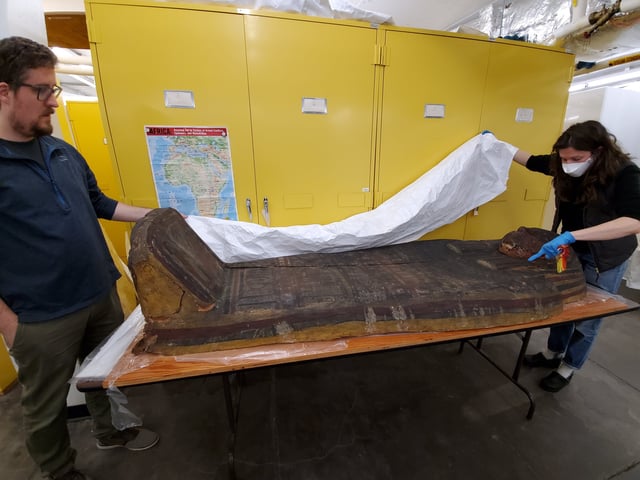Overview
- A Washington State University–led team produced 12 recipes of silicon dioxide, copper, calcium and sodium carbonate heated at around 1,000 °C for up to 11 hours to mimic ancient processes.
- Microscopic analysis showed the truest blue emerges when roughly half of the mixture’s components are copper-bearing.
- Comparisons with two authentic Egyptian artifacts confirmed the synthetic pigments’ chemical composition and color variability.
- The pigment’s near-infrared emission could enable applications in fingerprinting and counterfeit-proof inks and bears similarities to high-temperature superconductor chemistry.
- The recreated samples are now on display at Pittsburgh’s Carnegie Museum of Natural History ahead of its new long-term ancient Egypt gallery.

